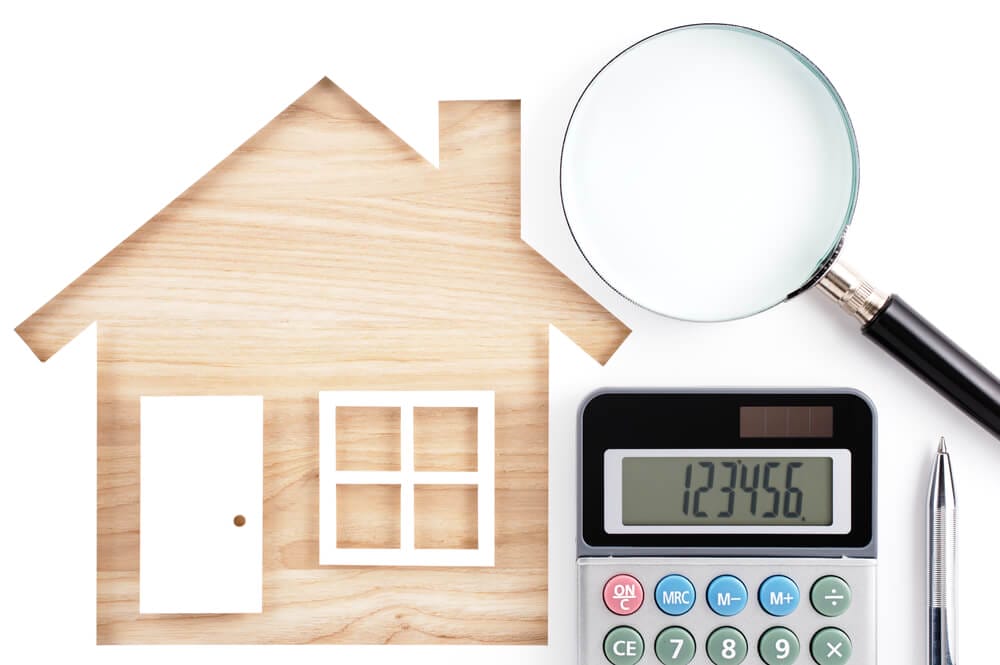Buying a home means there is a lot of preparation before making a final offer to buy. You decide where you’d like to live based upon your own set of standards such as square footage or number of bedrooms and perhaps the school district. You compare prices of different properties and consider each one carefully. Even after the offer is accepted still more preparation is extended. One of the very first things you will do upon having your offer accepted is to hire a licensed property inspector to come to the home and give it a physical inspection from top to bottom searching for any physical issues that might need some attention. Your lender will also order an appraisal through an appraisal management company. The appraiser will take a copy of your sales contract and will also pull records from the county recorder’s office. The county recorder’s office will show the owners, current property taxes and any delinquent taxes as well as the square footage of the home.

Then, the appraiser gathers information about recent sales of similar properties in the area that have sold within the previous 12 months and compare those prices with the price on your sales contract. The appraiser will also measure the size of the lot in addition to measuring the physical structure of the home. The appraisal is completed and you and your lender discover something you didn’t know about- unpermitted additions.
Unpermitted Additions : What Are They?
When someone builds a home or makes additions to an existing structure, they must obtain specific building permits making sure the new additions are built to current building codes. These permits allow the property owner to make the necessary additions and the addition is recorded with the county. However, sometimes there are property owners who make additions to an existing home without going through the permit process, hopefully bypassing permit fees and the additional property taxes that go along with a larger home. That might save some money upfront but in the long haul it can be a real problem if not addressed. And it’s not usually simply a matter of catching up on paying the permit fees. With an unpermitted addition, here’s what you can expect.
Let’s say a homeowner lists a home that has had two previously unpermitted additions to the property. In this example, let’s say there were two new bedrooms and one bathroom and turned a two bedroom home into a four bedroom property. Do you think that would add some value? Of course it would but the county didn’t know about the improvements made and still taxed the property as if it were a smaller two bedroom home.

What the Mortgage Company Says
As it relates to buying and financing a home with unpermitted additions, your lender is concerned with the value needed and the property must appraise for the sales price.
Let’s say your offer of $350,000 is accepted yet there are two bedrooms added that were not properly permitted. What happens? Really not much from the lender’s perspective yet the appraiser does need to do a bit more work. The appraiser must describe the quality of work mentioned in the appraisal and that work was completed “in a workmanlike manner.”
If the appraiser sees the additions were made by someone who thinks he’s a “Jack of all trades” and does most or all of the work on his own and it’s apparent, it’s highly likely the appraiser would notice improvements weren’t’ in fact made by a professional in a workmanlike manner. If the appraiser cannot make such a statement, the mortgage company won’t be able to use the additional value the two bedrooms provide. The only option in this instance would be for the buyers to come to the closing table with the additional funds needed or the sellers to make some concessions.
Besides, if the appraiser cannot make such a statement, you’ll encounter the very same situation should you later sell, much less buying a property not completed by a licensed professional.
If the appraiser does in fact state the additions comply with local zoning and were completed in a workmanlike manner, the appraiser shows there are comparable sales in the area similar to the subject property and includes the additions in the appraisal and the additional gross living area the additions provide, then the property should qualify. Yet with regard to the back property taxes, many times the sellers don’t have the necessary funds to pay the back taxes along with the associated penalties. And that’s one of the biggest issues regarding selling a property with unpermitted additions.
It’s a financial albatross that in the long term costs thousands more than trying to save money by not obtaining the proper permits in the first place.


